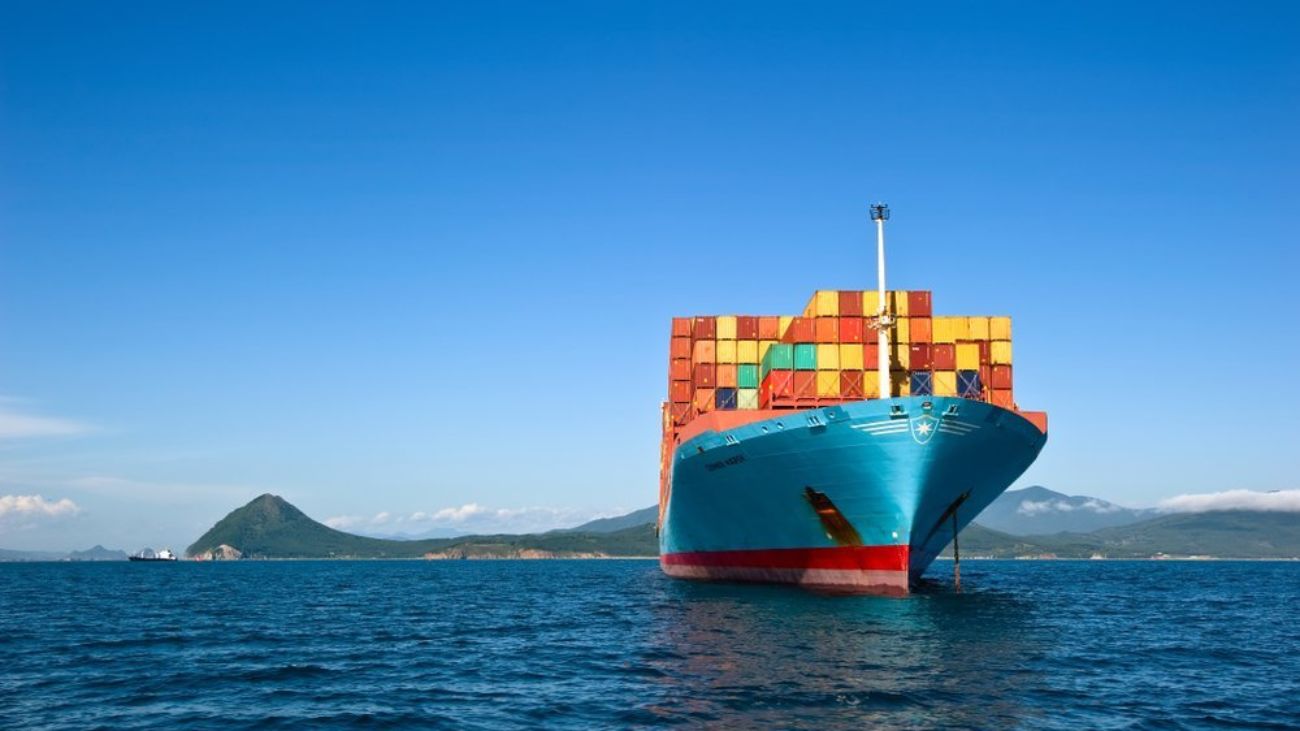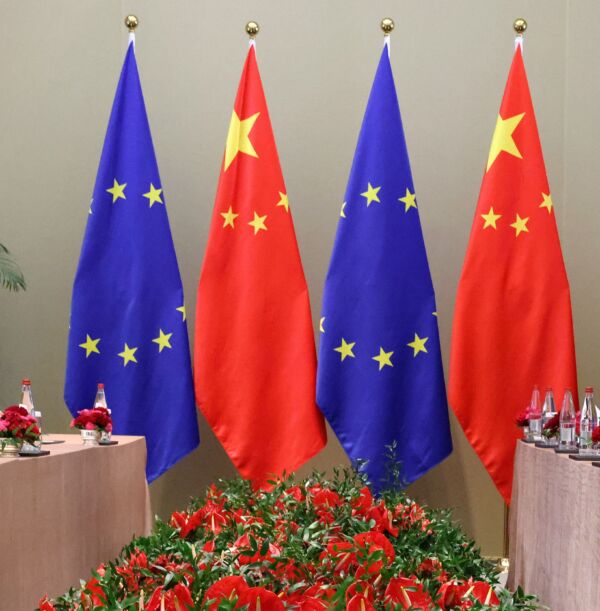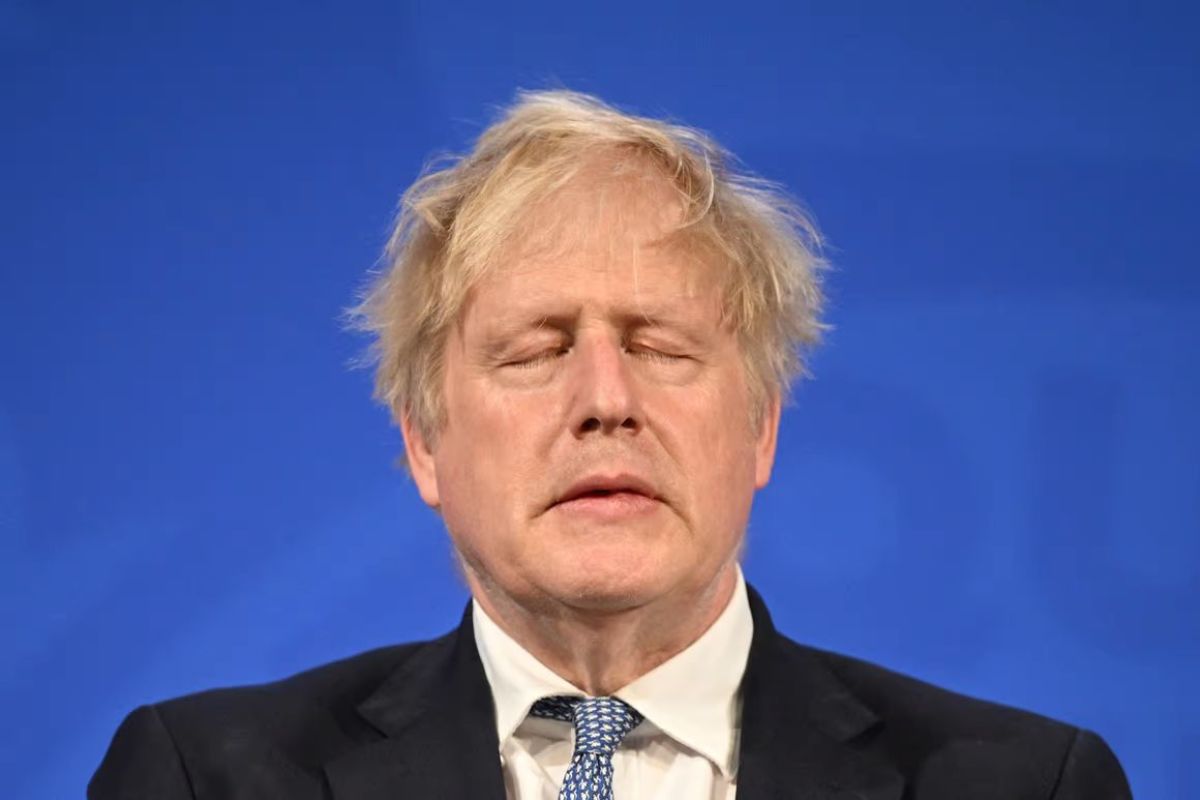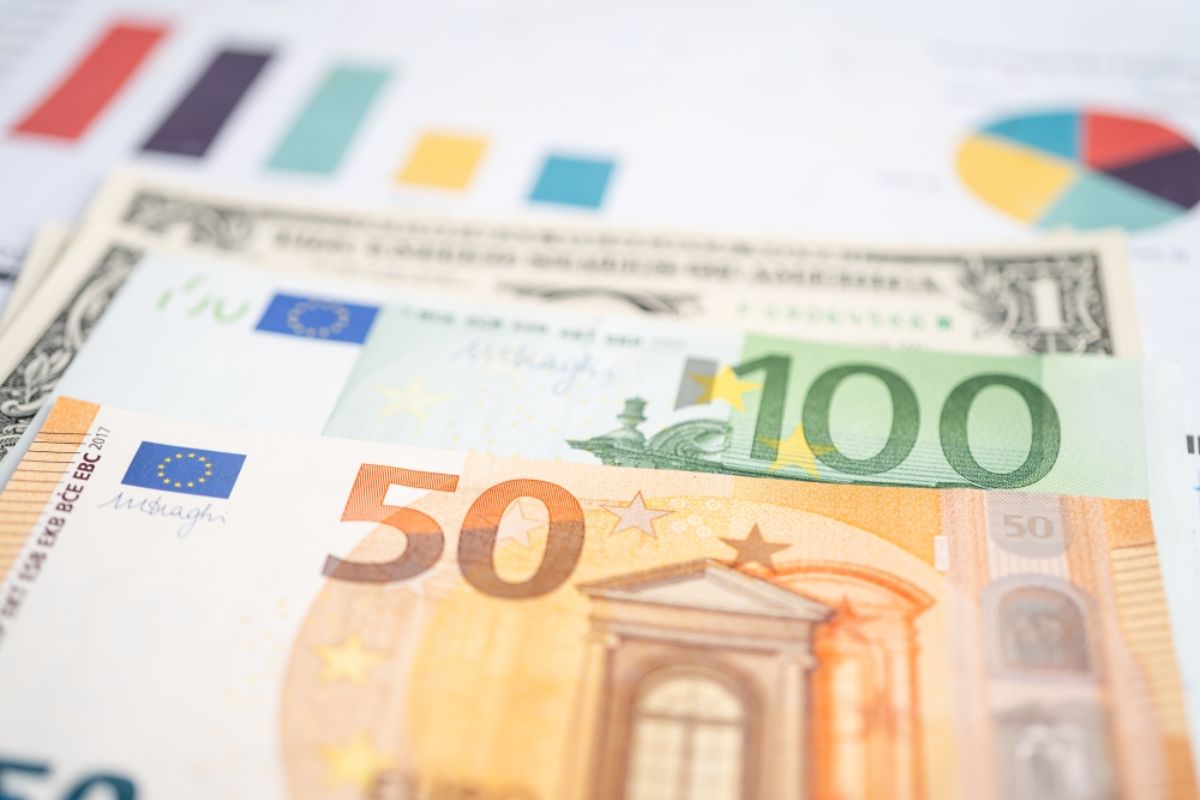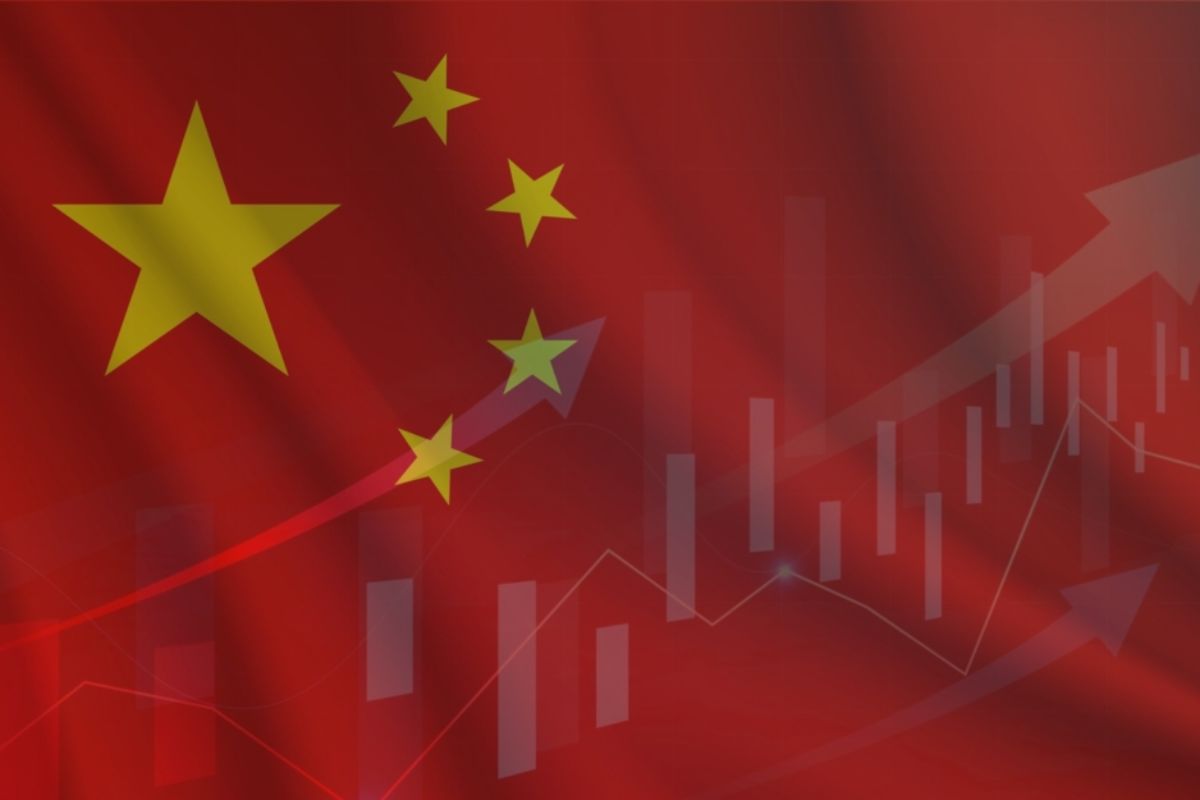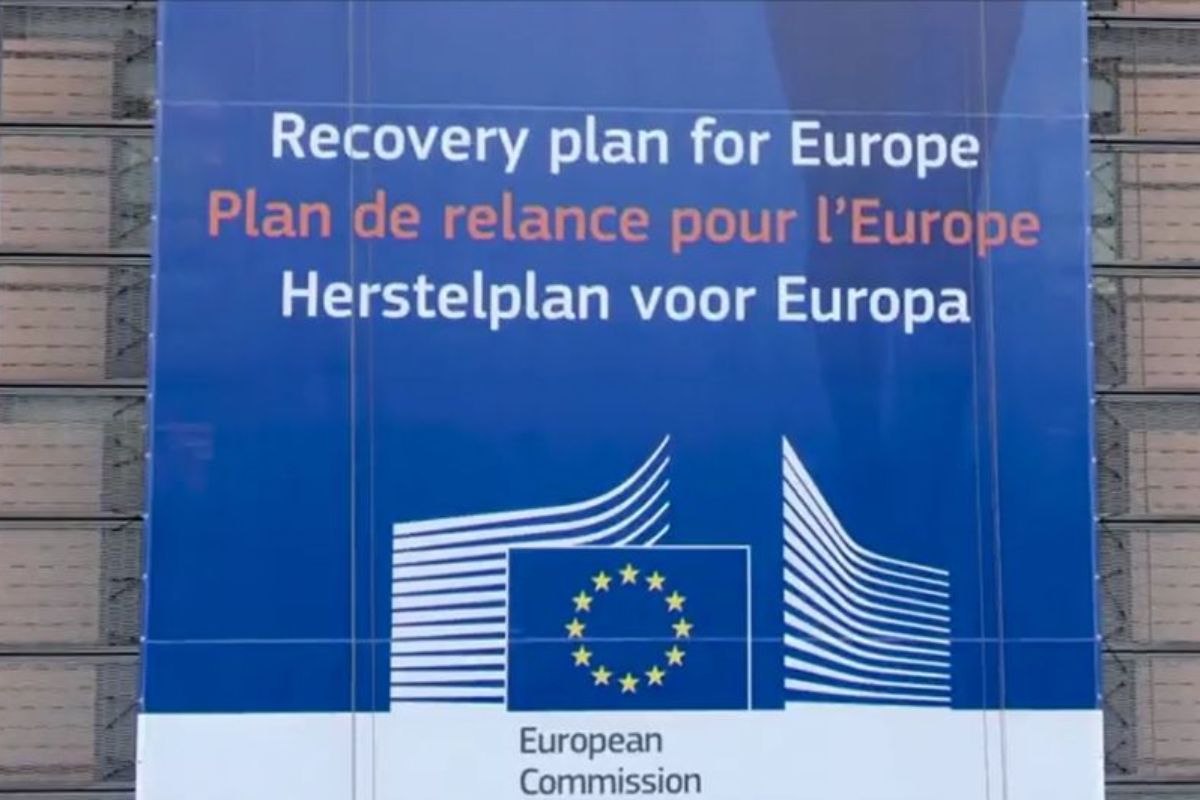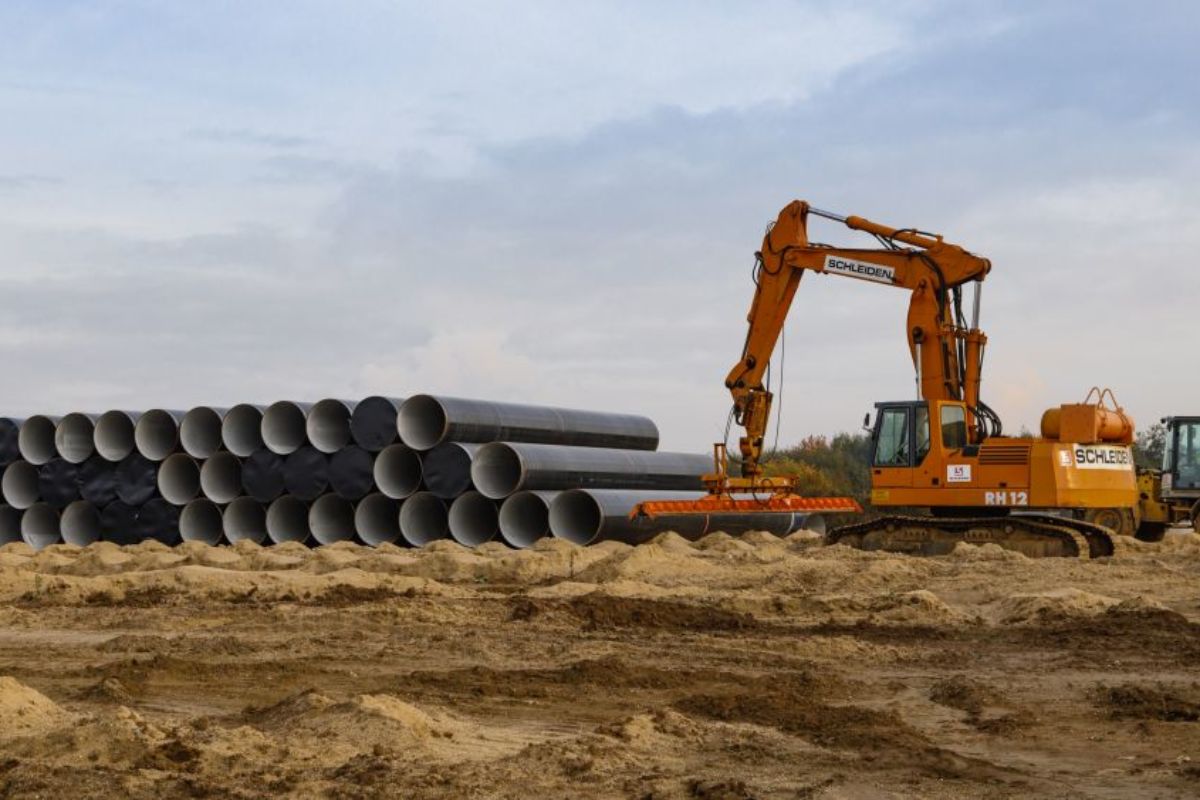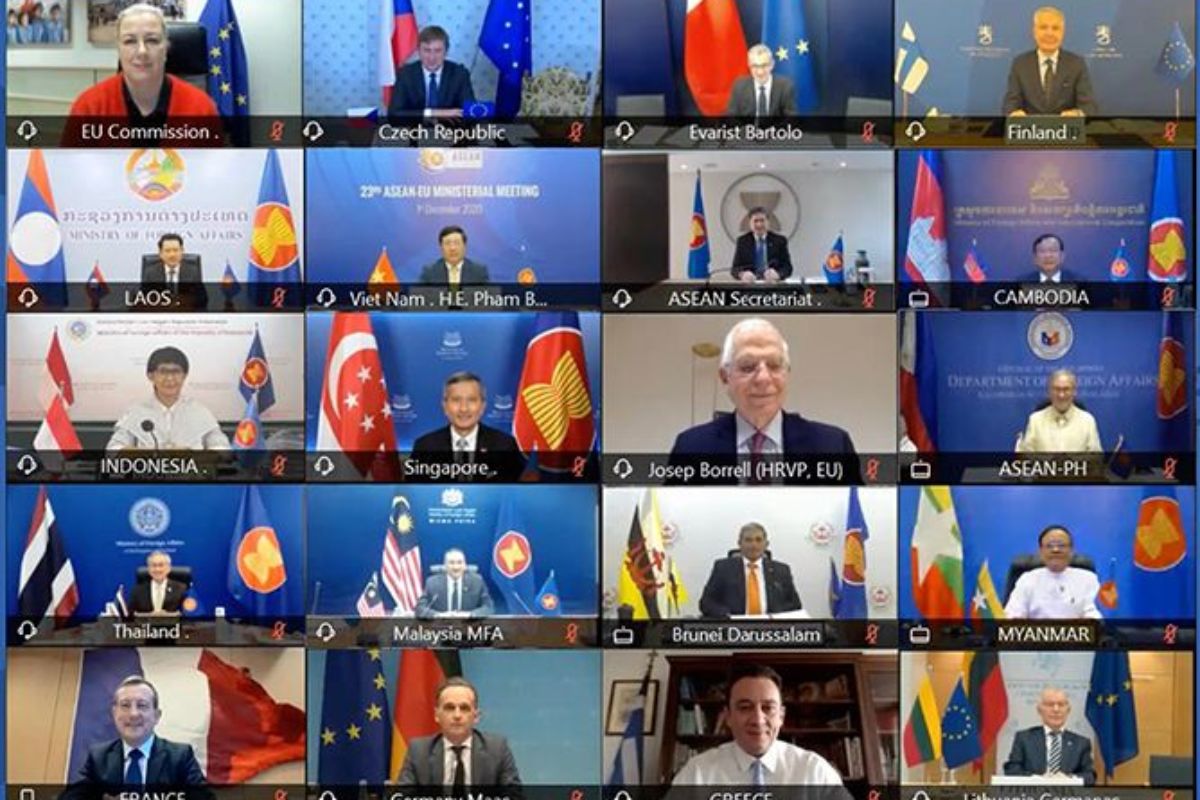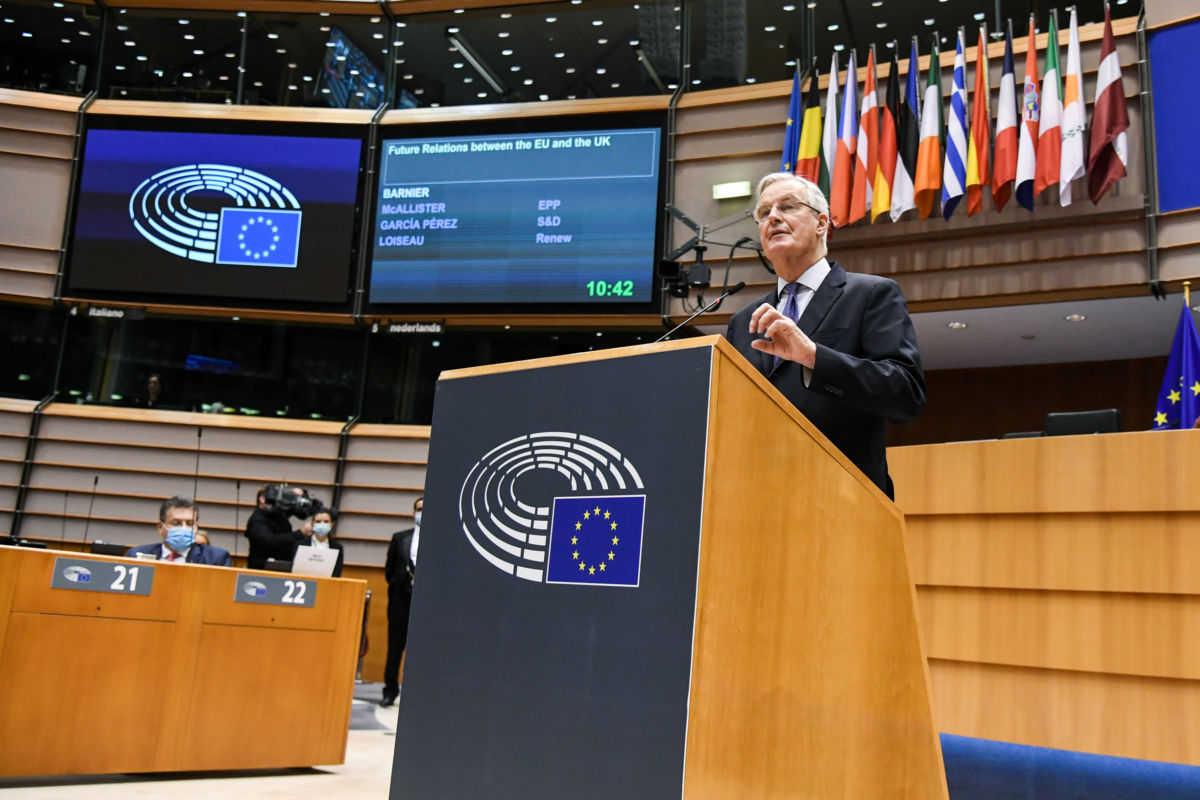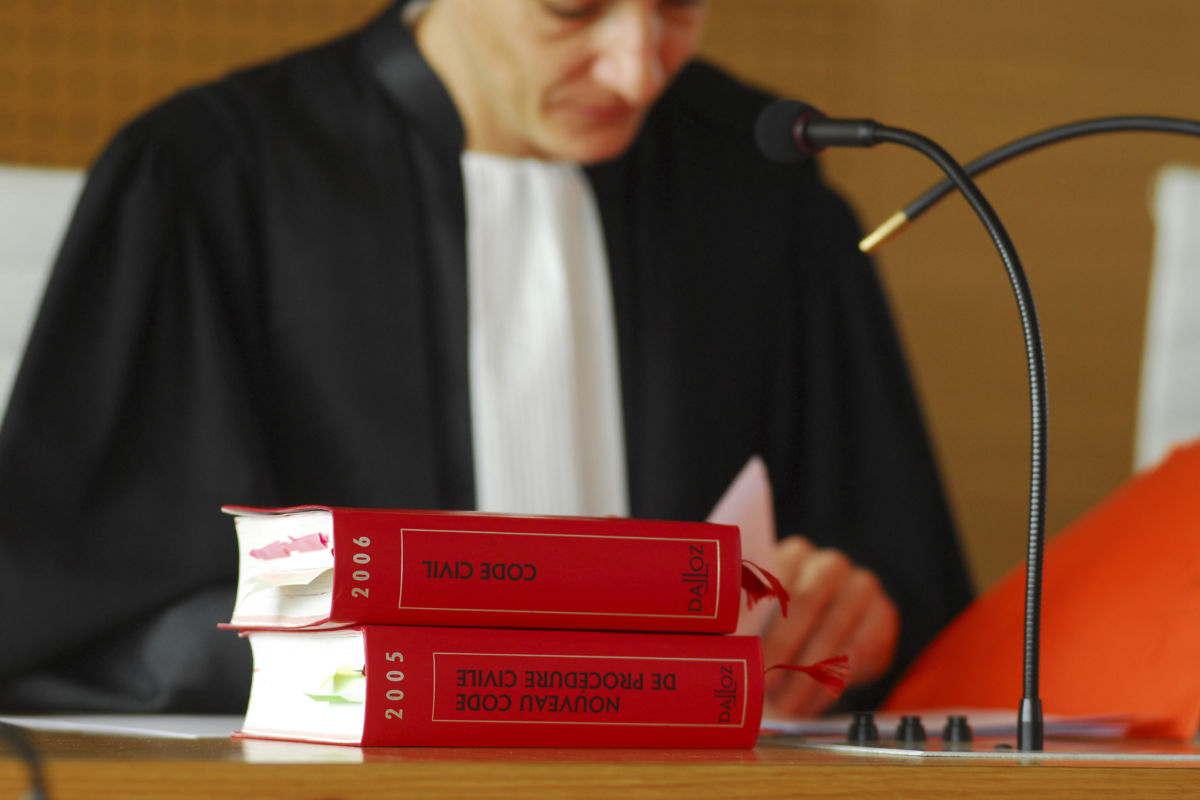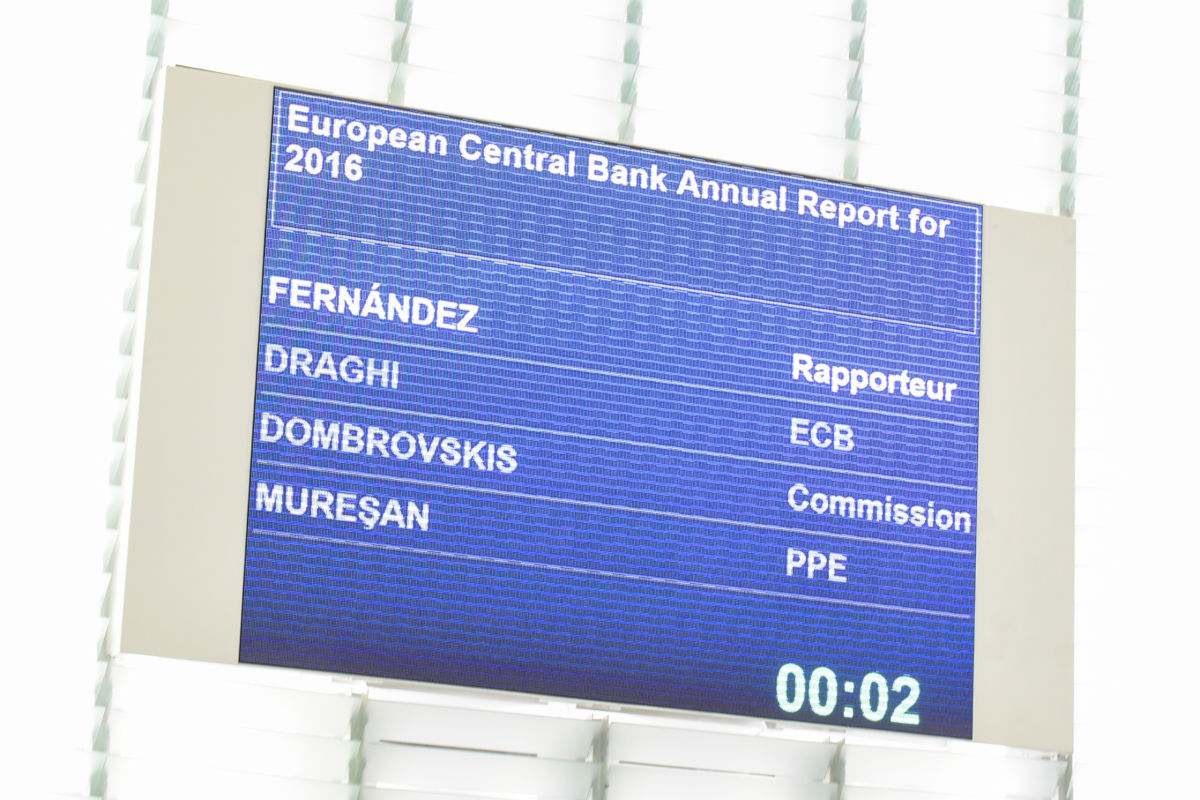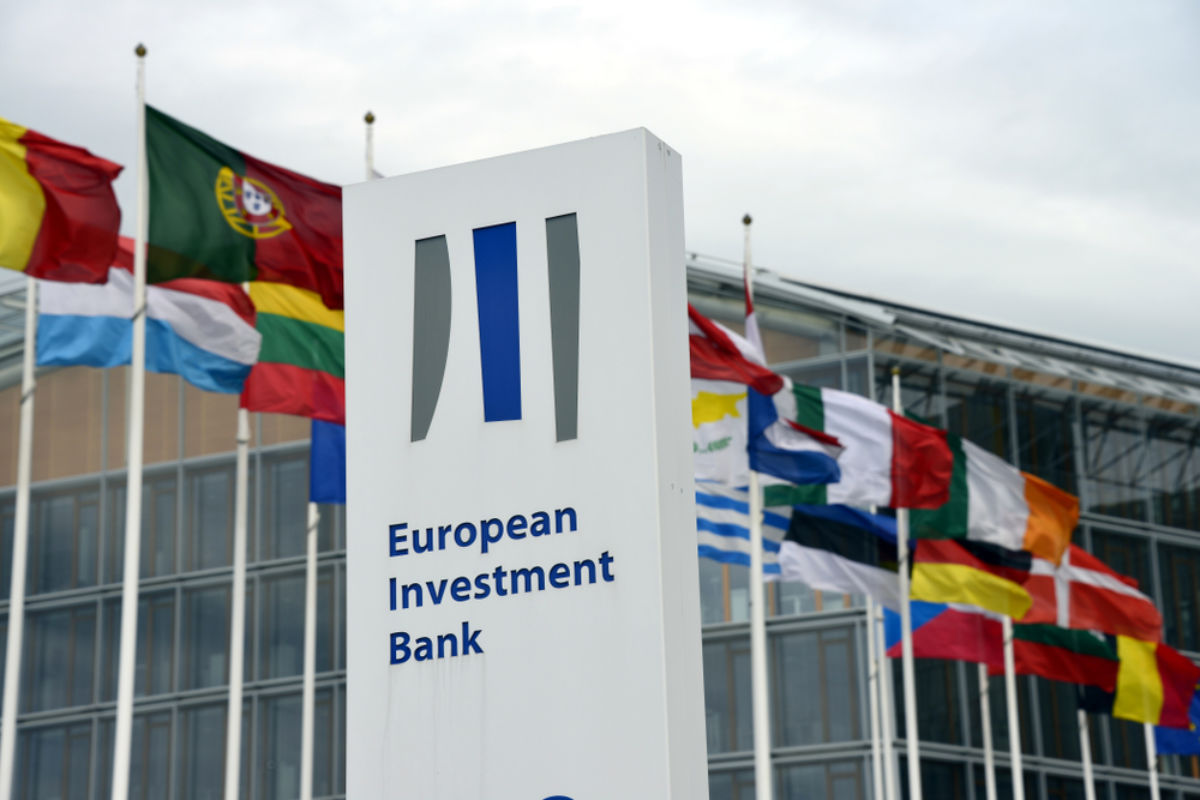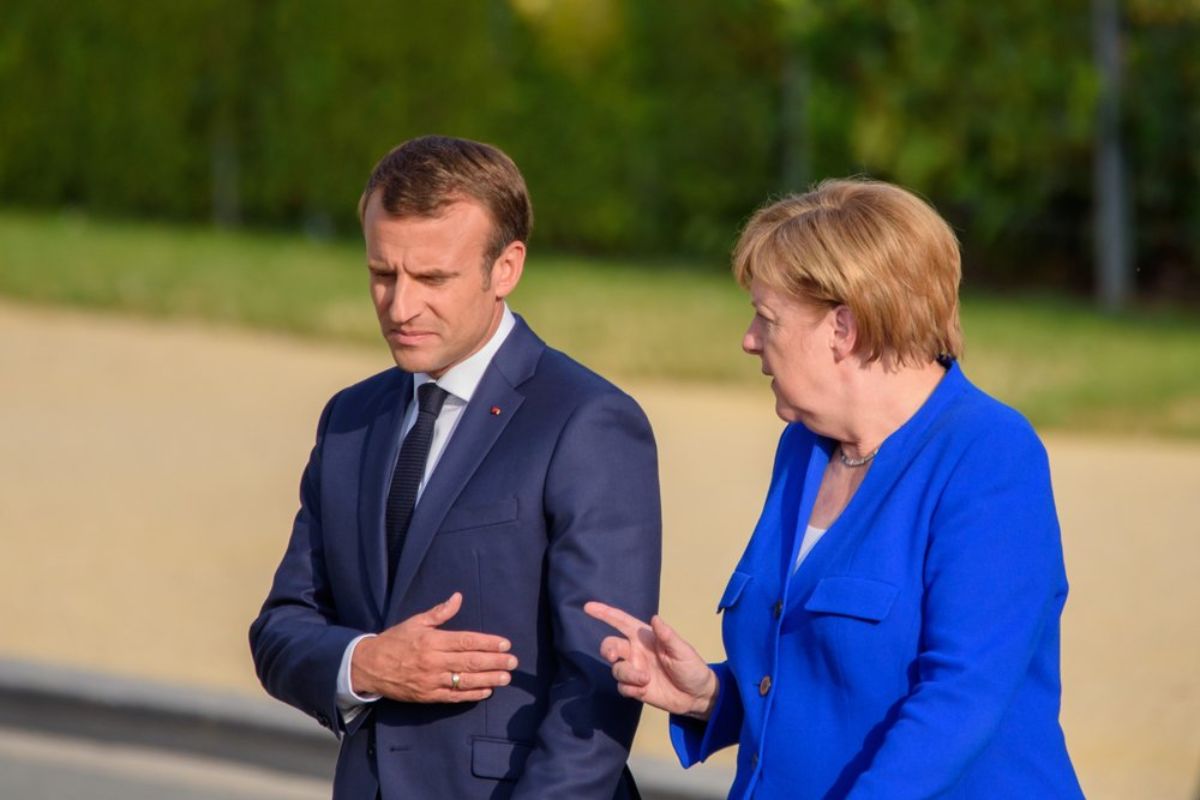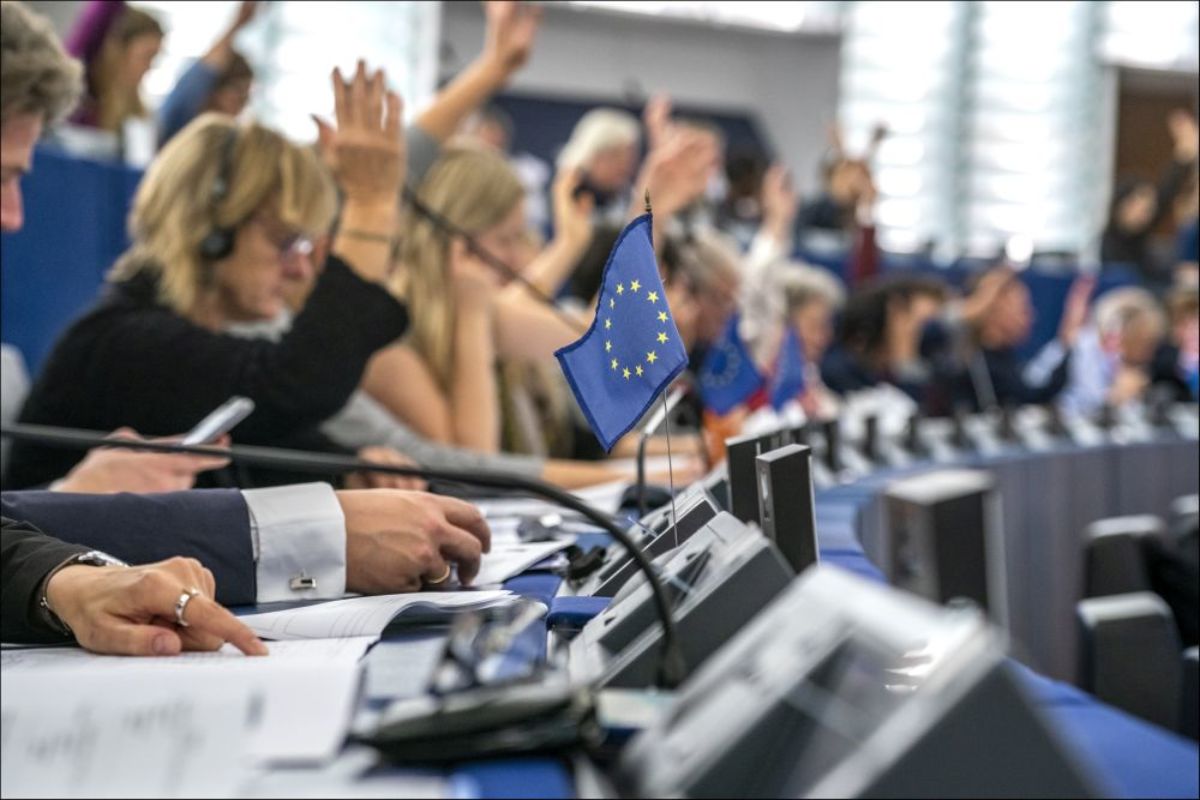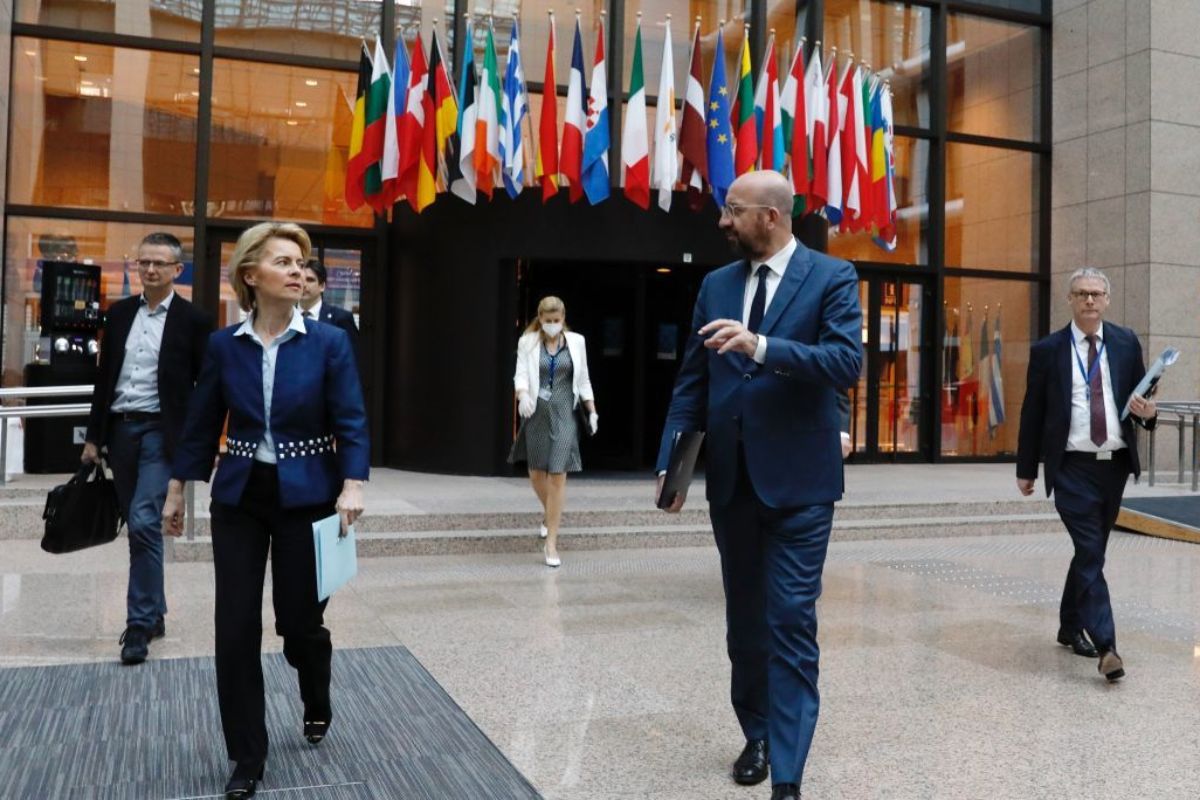The EU’s most recent Trade for All Strategy adopted under outgoing Trade Commissioner Cecilia Malmström dates back to 2015. Certain elements of the strategy no longer reflect the geopolitical and thematic realities that shape today’s international scene. Moreover, the EU is projected to be only the fourth-largest world economic power by 2035 and must capitalise now on its current G3 status. The other top dogs – namely China, the US and India – are also the countries, out of all its partners, that impose the most trade and investment barriers on the EU.[1] With this in mind, what should stand out when the EU reflects on where it sees itself in five years?
One priority should be to further engage with the signatories of the Comprehensive and Progressive Agreement for Trans-Pacific Partnership (TPP11)[2] in order to reinforce multilateralism in an increasingly unpredictable global context.
Bringing more to the Party
The EU’s future trade policy should aim for a more balanced use of its multilateral and bilateral toolboxes. Since the Doha Development Round let-down and the 2006 ‘Global Europe’ Trade Strategy, the EU has mirrored the ‘competitive liberalisation’ of the US by opening negotiations on several ‘new generation’ bilateral Free Trade Agreements (FTAs) and Investment Protection Agreements (IPAs) with strategic partners.[3] In the Trade for All Strategy and 2017 mid-term report, DG Trade insisted on its multilateral vocation while touting its bilateral accomplishments.
Of course, it is easier to negotiate bilaterally. But this isn’t in the spirit of the EU. Multilateral by nature, the EU has the institutional know-how, memory (with the interregional Mercosur agreement now seeing the light of day) and manpower to bring multiple partners together. Beyond the strategic benefits of multilateralism,[4] the EU should be wary of overly relying on bilateral strategic partnerships for a variety of trade-related reasons, also because they make it harder for EU businesses and citizens to understand and reap the benefits of trade.
What better way to send a message about its commitment to multilateralism by beginning a scoping exercise, complete with economic and sustainability impact assessments, to explore the possibility of joining the recently enacted TPP11? Although modelled on a US-led FTA template, it could serve as a forward-thinking framework to lay the ground for further EU-led multilateral cooperation on pressing issues such as WTO reform. Economically, the EU could tap into global shifts caused by ongoing Sino-American trade tensions, with a chance to increase trade with these countries (in 2018, 12.85% of total EU trade was with TPP11 ratifying parties).[5] Furthermore, its provisions do not limit the participation of non-trans-Pacific partners and, ironically, its signatories are the same partners the EU is currently dealing with on a bilateral basis, with varying degrees of success.
Clouds on the horizon
Other European values beyond multilateralism should guide future negotiations. Europe’s citizens will demand answers regarding some hot topics with these partner countries: discrimination against same-sex couples in Brunei, environmental concerns regarding palm oil-related deforestation in Malaysia and, among others, labour conditions in Vietnam. Moreover, the EU’s multilateral vocation could inject impetus into addressing behind-the-border issues such as public procurement, subsidies and rules of origin. But these should prove to be acceptable requests for the TPP11, given the importance of the EU as a partner. On average, TPP11 countries relied on the EU for 12.5% of their imports and 9.5% of their exports from 2013 to 2017[6] – constant despite slowing global trade. A trade agreement with the EU would provide access to the world’s largest market for these countries and increase their international profile.
From an investment standpoint, there will again be some concern. Yet, an agreement with the TPP11 would be an opportunity for the EU. Having established bilateral Investment Court Systems in its most recent IPAs with Canada, Vietnam and Singapore, the incoming Commission should keep pushing to reform the international Investor-State dispute settlement system within the context of the United Nations Commission on International Trade Law.[7] TPP11 would be the ideal platform to insist upon making use of the EU’s proposed Multilateral Investment Court. Ratifying parties Canada, Mexico, Singapore and Vietnam are likely supporters but the EU must bring Japan, an increasingly important partner, on board as well.
From a legal standpoint some may say that joining TPP11 would undo the hard work done by the EU’s trade negotiators in securing ‘new generation’ FTAs with key strategic partners. On the contrary, a simple safeguard clause would suffice to enable the EU and its partners to protect the gold-plated elements of their bilateral FTAs.
Geostrategic benefits of networking
While many could say that the EU has been successful in establishing partnerships with TPP11 ratifying parties on a bilateral basis, it is the potential geostrategic upside that makes exploring TPP11 worth it. After all, the EU will be navigating choppy waters in the next five years. On the one hand, if the US-China trade agreement currently being negotiated goes through, the WTO’s credibility and multilateralism would be the first to suffer. On the other hand, if trade tensions between the US and China were to persist, the EU must have a valid alternative to ensure its own autonomy and guarantee that trade with the rest of the world remains free, fair – and pacific – especially as it falls out of the G3. As an interregional trade agreement, TPP11 is the insurance policy the EU needs to forge ahead, especially with the imminent freezing of the WTO’s Appellate Body’s work.
This agreement could provide fertile ground for further cooperation in multilateral forums and with other regional blocs such as ASEAN. Furthermore, the EU could unlock the potential of deeper bilateral relations with the more like-minded TPP11 countries, motivate the US to crawl out of its protectionist shell and encourage China (among others) to embrace multilateralism and open its economy. And if and when Brexit goes through, the EU could offer the six Commonwealth Nations that have ratified TPP11 continued access to the single market and tap into the “Commonwealth advantage” for years to come.[8]
The future Trade Strategy, in synergy with the EU Global Strategy, 2019-2024 Strategic Agenda and country-specific strategic documents, should be developed by a Trade Commissioner with the consolidated expertise to follow up on the outgoing Commission’s lead on trade matters and commitment to greater transparency. In the next five years, efforts should be concentrated on forming a progressive alliance with the TPP11 ratifying parties, and cooperating with these strategic partners on the most pressing issues on the multilateral agenda. It’s time for the EU to start a conversation about its status as a Pacific peaceful partner and global balancing power.
[1] In 2018, their new barriers amounted to €39 billion worth of the EU’s trade flows (25.7B for China, 6.8B for the US and 6.5B for India).
[2] The signatories of TPP11 are: Australia, Brunei, Canada, Chile, Japan, Malaysia, Mexico, New Zealand, Peru, Singapore and Vietnam. Of these, Brunei, Chile (with which the EU is currently negotiating a bilateral ‘new generation’ agreement), Malaysia and Peru have yet to ratify.
[3] A prime example of the EU’s zealous use of bilateral trade policy tools are the ongoing negotiations to conclude or modernise FTAs with partners New Zealand, Australia, Mexico and Chile after having signed an FTA and IPA with Singapore and, most recently, Vietnam. There are also provisionally applied agreements in place with Japan (FTA) and Canada (joint FTA/IPA).
[4] The EU is still trying to pave the way forward on the multilateral front – beyond WTO reform, issues tackled multilaterally include Green Goods and e-commerce.
[5] The data, provided by DG Trade, is available here.
[6] Own calculations based on WITS World Bank data.
[7] The EU’s position is reinforced by ECJ Opinion 1/17 on April 30, 2019 stating that ISDS system in place between the EU and Canada in CETA is compatible with the Treaties.
[8] While no formal trade agreements exist among the 54 Commonwealth states, “the average share of intra-Commonwealth trade in Commonwealth countries’ total world trade has increased to almost 20 per cent in recent years.” See “Strengthening the Commonwealth Advantage”, Commonwealth Secretariat (2018), available here.

